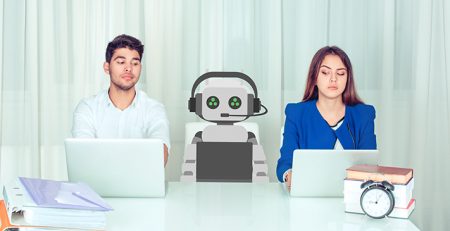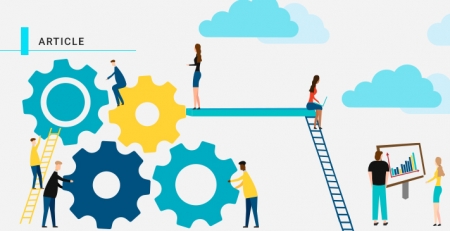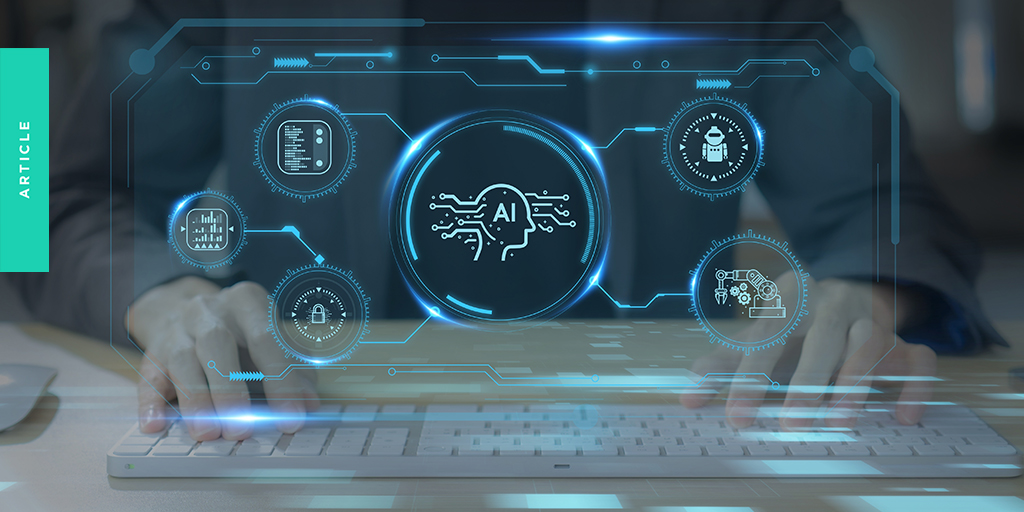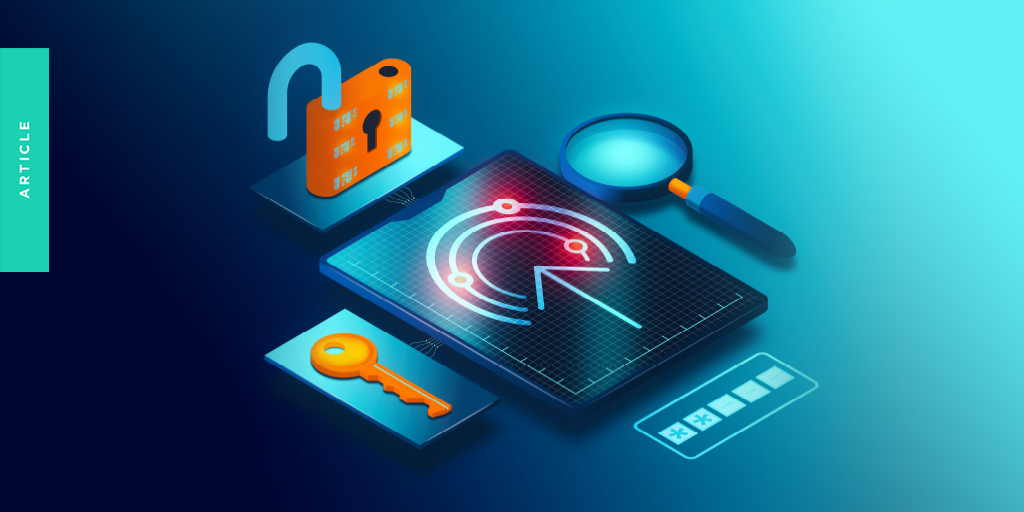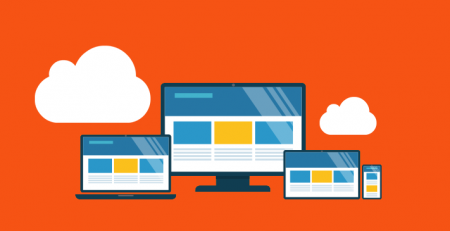How can teachers and AI work together in the classroom?
There’s been no shortage of talk, especially over the past decade, about the disruptive power of advanced machine learning and artificial intelligence (AI) on the workforce.
Education is one sector that is likely to benefit greatly from all that AI can provide – in a teaching/learning context at least. However, AI is also raising serious questions about the nature of learning and the optimal ways to transmit knowledge to students.
This, in turn, has raised a critical question: are teachers in danger of becoming obsolete, or will technology simply continue to be a highly useful teachers’ tool?
Certainly, some characteristics essential for effective pedagogy are innately human, such as motivation, exposition, direction, criticism, and imitation. It’s essential to understand these, and the roles they play, as we determine technology’s place in education.
Motivation, for example, will largely depend on the unique relationship the teacher develops with the student. A strong relationship that motivates the student to learn will help the teacher frame lessons in new ways that will expand the student’s understanding of the subject.
Similarly, learning relies heavily on activities that involve a large degree of human interaction, and they are still very hard to replicate in any meaningful way in a digital environment.
Perhaps the best example of this is assessment and critique, where teachers are constantly evaluating student performance and offering feedback tailored to their individual needs. Learning to accept criticism from other humans has always been intrinsic to the educational process, regardless of context.
A powerful teaching supplement
AI continues to make vast inroads into what was previously thought possible with regards to advanced learning. Yet given the levels of interaction still considered a prerequisite for effective pedagogy, it seems more appropriate, for now at least, to discuss the potential AI has to offer as an extremely powerful educational supplement.
This will include increasingly interactive sessions involving a range of platforms and channels, such as by incorporating video content and diagnostic quizzes to engage students in their learning. Additionally, classrooms are likely to become fully connected to the internet of things (IoT), so teachers will be able to incorporate as many devices with sensors attached into their teaching as they like.
Similarly, a wave of AI-related technology will, in the future, make lessons far more machine-interactive while simultaneously improving the platforms for teachers wanting to chart their students’ progress.
Partners in learning
In other words, while technology will become increasingly ubiquitous in the classroom, it is being designed to complement teachers, not replace them. As teachers will tell you, there’s an art to imparting knowledge that technology has not yet come close to replicating, let alone mastering.
This includes the ability to pick up on non-verbal cues and engage on a human level with students. Human teachers can also deal with a range of emotions in the classroom, as opposed to just delivering one-way instructions consisting of endless drills and memory tests.
While education and technology will continue to have a symbiotic relationship that allows for increasingly dynamic, interactive, technology-driven content in schools, that technology needs to continue to enable teachers, not replace them.





